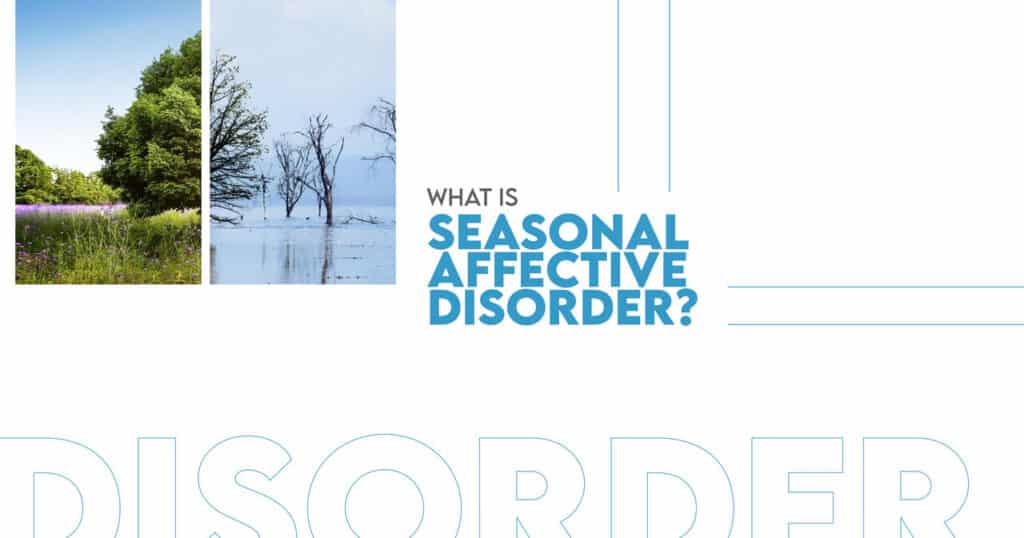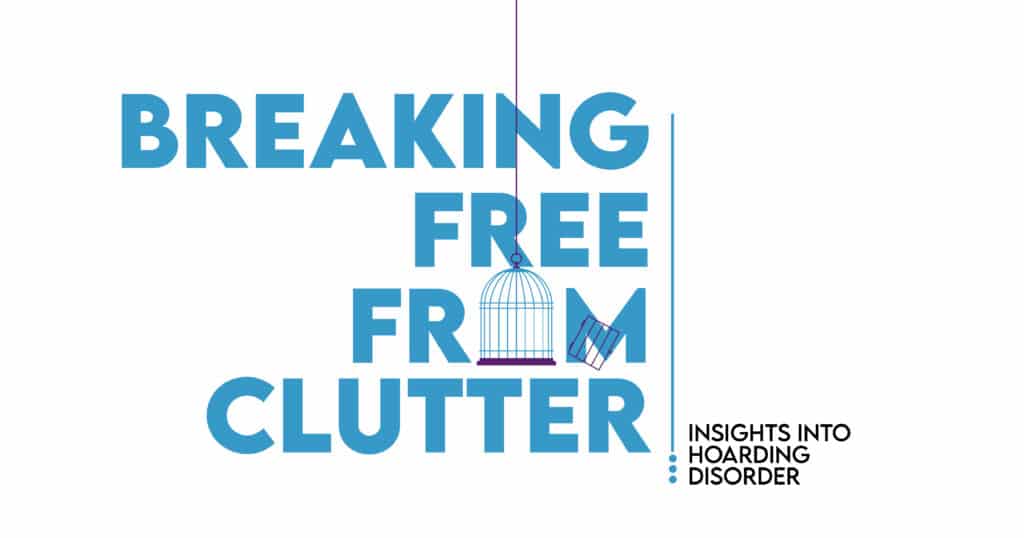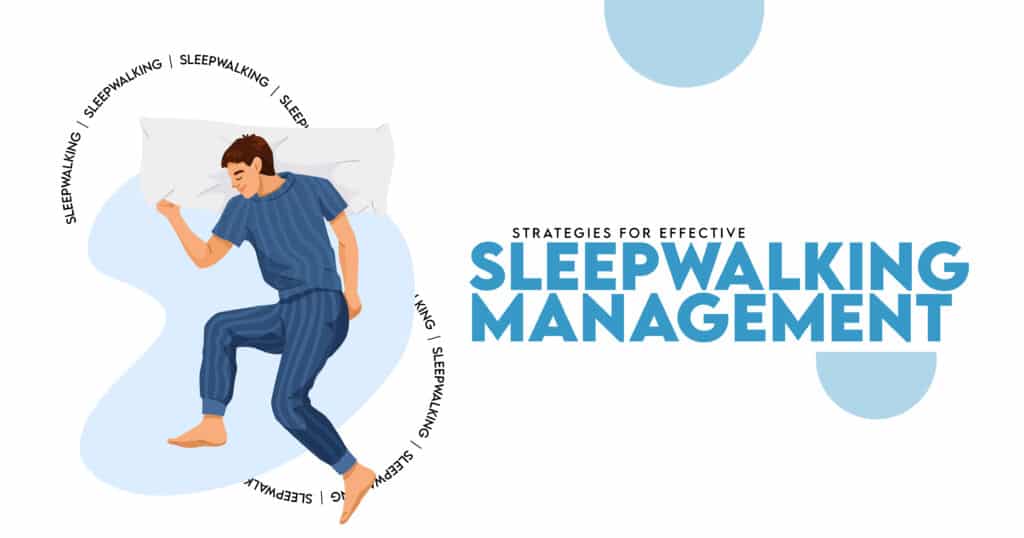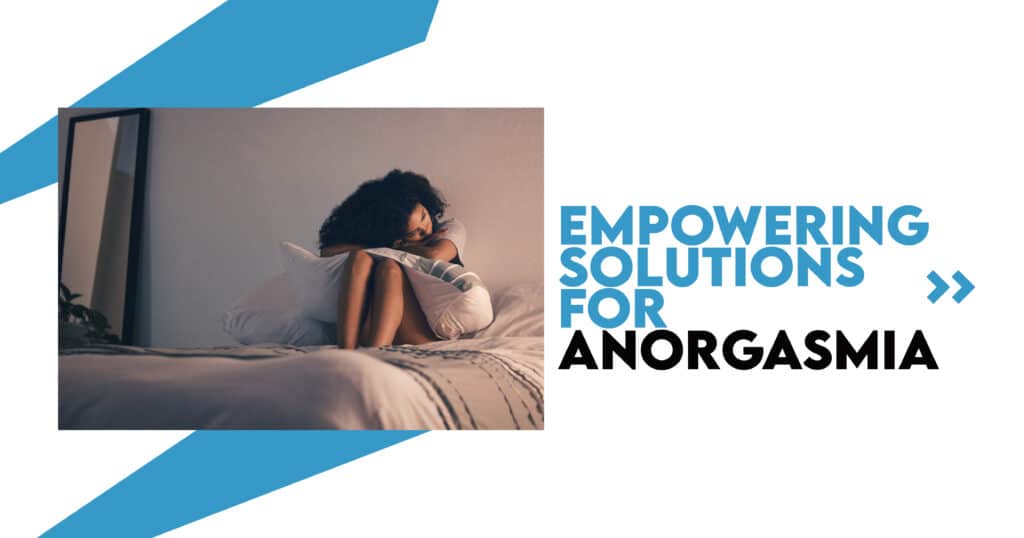Seasonal Affective Disorder (SAD) is a type of depression that occurs at a specific time of year, usually in the winter months. Mood changes and symptoms similar to depression, including feelings of sadness, low energy, and changes in sleep and eating patterns, characterize it. Understanding SAD, its causes and its treatments can help those affected manage their symptoms effectively.
What is Seasonal Affective Disorder (SAD)?
Seasonal Affective Disorder (SAD) is a form of depression that follows a seasonal pattern. It typically begins in the late fall or early winter and subsides during the spring and summer. While less common, some individuals may experience SAD during the summer months.
Symptoms of Seasonal Affective Disorder
SAD symptoms can vary from mild to severe and may include:
- Persistent low mood
- Loss of interest in activities previously enjoyed
- Irritability
- Feelings of despair, guilt, and worthlessness
- Lethargy and fatigue
- Sleeping more than usual
- Craving carbohydrates and weight gain
- Difficulty concentrating
Causes of Seasonal Affective Disorder
The exact cause of SAD is not fully understood, but several factors are believed to contribute to its onset:
- Reduced sunlight exposure: Shorter daylight hours and lack of sunlight can disrupt the body’s internal clock (circadian rhythm), leading to feelings of depression.
- Serotonin levels: Reduced sunlight can cause a drop in serotonin, a brain chemical (neurotransmitter) that affects mood.
- Melatonin levels: The change in season can disrupt the balance of melatonin, which plays a role in sleep patterns and mood.
Risk Factors for SAD
Certain factors may increase the risk of developing SAD:
- Geographical location: People living far from the equator are more likely to experience SAD due to reduced winter sunlight.
- Family history: A family history of SAD or other forms of depression may increase risk.
- Personal history: Individuals with major depressive disorder or bipolar disorder may be more prone to SAD.
- Age and gender: Younger people and women are more commonly affected.
Diagnosing Seasonal Affective Disorder
Diagnosing SAD involves a comprehensive evaluation by a healthcare professional. The diagnosis may include:
- Physical exam: To rule out other medical conditions.
- Psychological evaluation: To assess mood, behavior, and thoughts.
- Patient history: To identify seasonal patterns in depressive episodes.
Treatment Options for Seasonal Affective Disorder
Light Therapy
Light therapy, or phototherapy, is often the first line of treatment for SAD. It involves sitting near a light therapy box that mimics natural sunlight. This can help regulate the body’s circadian rhythm and improve mood.
How to use light therapy:
- Use the light box within the first hour of waking up.
- Sit about 16-24 inches from the light box.
- Use it for about 20-30 minutes daily.
- Ensure the lightbox emits 10,000 lux of cool-white fluorescent light.
Medication
Antidepressant medications, particularly selective serotonin reuptake inhibitors (SSRIs), can be effective in treating SAD. Commonly prescribed SSRIs include:
- Fluoxetine (Prozac)
- Sertraline (Zoloft)
- Citalopram (Celexa)
- Escitalopram (Lexapro)
Psychotherapy
Cognitive-behavioral therapy (CBT) is a type of psychotherapy that can help individuals with SAD manage their symptoms. CBT focuses on identifying and changing negative thought patterns and behaviors.
Lifestyle and Home Remedies
Several lifestyle changes and home remedies can help alleviate SAD symptoms:
- Regular exercise: Physical activity can boost mood and energy levels.
- Healthy diet: Eating a balanced diet can help maintain energy levels and prevent weight gain.
- Stay connected: Social interaction can provide support and reduce feelings of isolation.
- Manage stress: Techniques like yoga, meditation, and deep-breathing exercises can help manage stress.
Vitamin D
Some studies suggest that vitamin D supplementation may help alleviate symptoms of SAD, as reduced sunlight can lead to lower levels of vitamin D in the body.
FAQ’s
What are the warning signs of SAD?
The warning signs of SAD include persistent feelings of sadness, loss of interest in usual activities, changes in sleep and eating patterns, irritability, and difficulty concentrating.
Can SAD affect individuals in the summer?
Yes, although it is less common, some individuals may experience SAD during the summer months, often characterized by symptoms opposite to winter SAD, such as insomnia, reduced appetite, and anxiety.
How long does Seasonal Affective Disorder last?
SAD typically lasts about 4-5 months each year. Most people feel better as the seasons change and more sunlight becomes available.
Is Seasonal Affective Disorder hereditary?
While SAD itself is not directly hereditary, having a family history of depression or other mood disorders can increase the likelihood of developing SAD.
Can children and teenagers experience SAD?
Yes, children and teenagers can also experience SAD. Symptoms in younger individuals may include irritability, difficulty in school, and changes in sleep patterns.
Preventing Seasonal Affective Disorder
While it may not be possible to prevent SAD entirely, specific strategies can help reduce its impact:
- Maximize sunlight exposure: Spend time outdoors during daylight hours, and keep your home well-lit.
- Maintain a regular schedule: Consistent sleep and wake times can help regulate your body’s internal clock.
- Stay active: Regular physical activity can improve mood and energy levels.
- Plan for winter: Anticipate the onset of SAD and prepare by arranging activities and social interactions you enjoy.
Final Thoughts
Seasonal Affective Disorder is a significant mental health condition that affects many individuals during specific times of the year. Understanding its symptoms, causes, and treatment options is crucial for managing its impact.
With the right approach, including light therapy, medication, psychotherapy, and lifestyle changes, individuals with SAD can lead fulfilling lives even during the challenging months. If you or someone you know is experiencing symptoms of SAD, seek professional help to explore the best treatment options.
By understanding and addressing Seasonal Affective Disorder, individuals can improve their quality of life and enjoy all seasons with greater ease and comfort. This comprehensive guide addresses common questions, incorporates various treatment options, and provides actionable advice. It is a valuable resource for anyone seeking to understand and manage Seasonal Affective Disorder.








